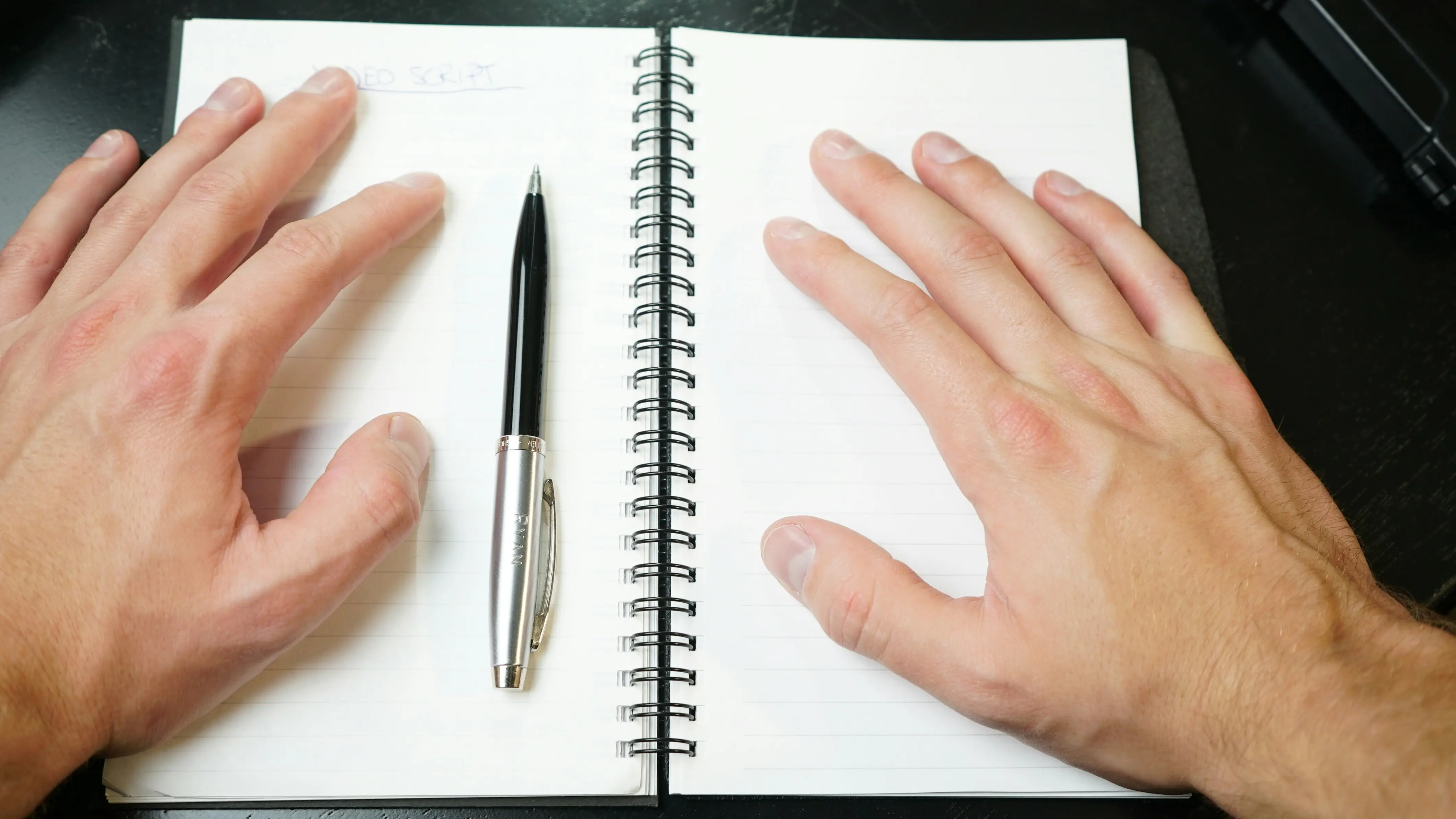Revolutionary Technique Visualizes Molecular Handedness In One Shot

Have you ever wondered why spearmint and caraway seeds have such distinct aromas, despite their scent molecules being nearly identical? The secret lies in a fascinating concept known as chirality, or the 'handedness' of molecules. This principle explains why some drugs can be life-saving, while their mirror-image versions might be ineffective or even harmful.
A team of researchers at ETH Zurich, led by Professor Romain Quidant, is revolutionizing our understanding of chirality. They have developed a novel method that allows scientists to visualize chirality in a single image. Traditional techniques only provided average measurements across an entire sample, but this new approach clearly identifies where left-handed and right-handed molecular structures exist.
Rebecca Büchner, a doctoral student and the lead author of the study published in Nature Photonics, explains, "With this new method, we can use a single image to identify the areas of our sample where left-handed and right-handed structures occur." This advancement opens up new possibilities in examining chiral molecules with unprecedented precision.
The research focused on artificial chiral samples made from gold nanostructures, specially prepared by Jose García-Guirado, the lab manager in Quidant’s group. Büchner utilized a sophisticated imaging system akin to a highly specialized camera. What makes this system unique is its ability to detect how samples interact with circularly polarised light, light waves that spiral to the left or right as they travel.
Many natural chiral molecules respond differently to these types of light. For instance, they might absorb left-handed light more than right-handed light. Unlike traditional methods requiring two separate measurements, Büchner's technique simultaneously captures both light spiral directions. It uses a smart optical setup where light is split into left- and right-circular components, creating interference patterns that reveal molecular handedness.
Thanks to this innovative method, a computer can accurately interpret the data to produce color-coded maps showing the distribution of left-handed and right-handed areas within a sample. "We were even able to visualize letters, such as 'L' and 'R', made up of nanostructures with different handedness," notes Büchner.